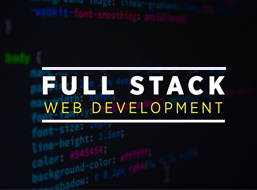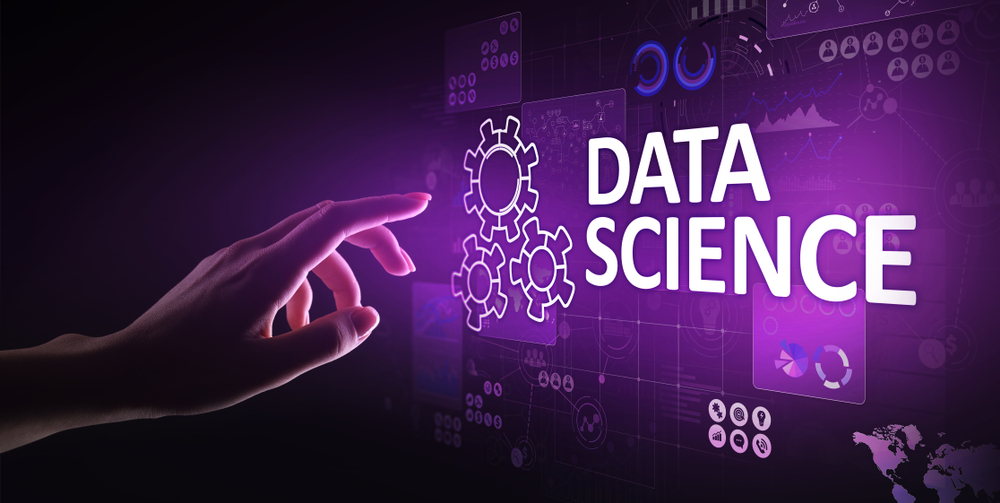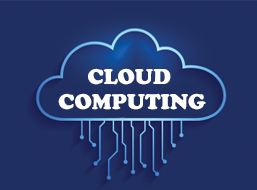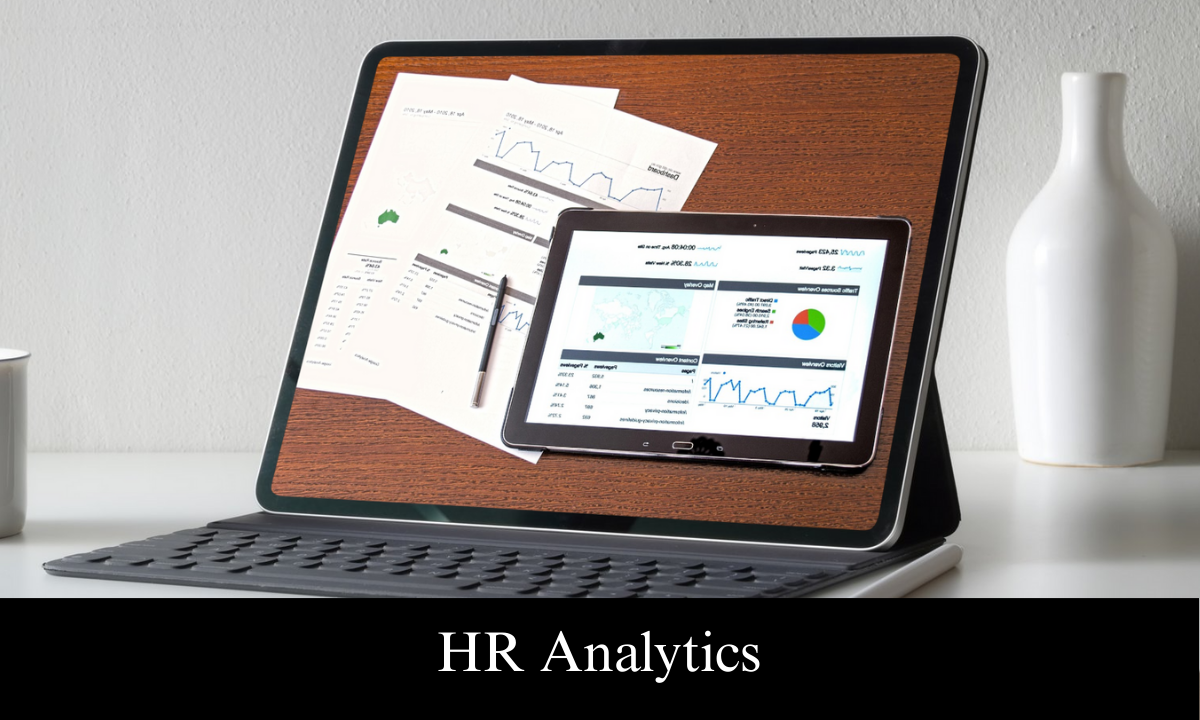Table of Contents
| What Is HR Analytics? |
| HR Analytics Tools |
| Benefits of HR Analytics |
| Career Opportunities & Why Taking an HR Analytics Course Helps |
| What to Look for in an HR Analytics Course |
| Conclusion |
| FAQs |
We live in a world where decisions backed by data outperform gut-feeling guesses, especially in HR. HR analytics is becoming essential for organizations that want to understand their workforce better, boost engagement, reduce turnover, and drive business strategy.
If you have ever wondered “What is HR analytics?”, what tools are used, or how stepping into an HR analytics course with placement support can transform your career, even from Bangalore, this is for you.
What Is HR Analytics?
HR analytics (sometimes called People Analytics, Workforce Analytics, or Talent Analytics) is the practice of collecting, analysing, and interpreting data related to people in an organisation, such as hiring, performance, engagement, and turnover, to inform decisions that improve both employee experience and business outcomes. It goes beyond just reporting what has already happened (descriptive analytics) to understanding why and predicting what may happen next, and prescribing what actions should be taken.
HR Analytics Tools
To work with HR analytics effectively, you will need both the mindset for data and familiarity with tools. Some tools are specialised HR analytics/people analytics platforms; others are general data analytics or visualization tools.
Commonly used tools are:
- Excel / Google Sheets for data cleaning, pivot tables, and basic metrics.
- R or Python for statistical modelling, predictive analytics.
- Tableau, Power BI, and Qlik for dashboards and visualising metrics.
- HRIS/HR platforms like Workday, SAP SuccessFactors, and Oracle HCM often generate the raw data.
- Tools like Qualtrics or survey platforms for gathering employee feedback.
Having hands-on experience with several of these tools gives a strong edge. Courses often include labs or assignments using these.
Benefits of HR Analytics

1. Data-driven decision-making
We move from intuition to evidence, whether it’s about hiring, promotions, or training programs. Patterns in employee behaviour, performance metrics, turnover, etc., help shape strategy.
2. Predicting and reducing turnover
Analytics can highlight which employees are at risk of leaving, why people leave, and what interventions (training, engagement initiatives, policy change) might help retain them. This saves costs and disruption.
3. Optimised recruitment and hiring process
Using analytics, you can measure which recruiting channels work best, refine candidate screening, shorten time-to-hire, and reduce cost-per-hire.
4. Improved employee engagement, performance, and development
By analysing feedback, performance metrics, and skill gaps, HR analytics helps in tailoring L&D programs, designing better appraisal systems, and boosting morale.
5. Workforce planning & strategic alignment
You can forecast hiring needs, identify skills gaps, plan succession, and align HR strategy with business goals.
6. Cost savings and efficiency
Analytics helps in spotting inefficiencies (like overtime, absenteeism, and overstaffing), optimizing benefit structures, and improving overall operational efficiency.
Career Opportunities & Why Taking an HR Analytics Course Helps
When you build competence in HR analytics, you open up a number of roles and pathways, especially in data-driven HR functions. Here are some of them:
- HR Analyst / HR Data Analyst: Focused on gathering and interpreting HR data, creating dashboards, and reporting to HR leadership.
- People Analytics Specialist: Broader role, working on long-term analytics projects, predictive modelling (e.g., forecasting attrition), linking HR metrics to business outcomes.
- HR Technology / HRIS Analyst: Managing and optimizing HR systems and data flows, integrating tools, and ensuring data quality.
- Talent Insights / Employee Experience Analyst: Using analytics to understand employee feedback and engagement surveys and developing programs to enhance experience.
An HR analytics course with placement boosts your chances because you not only learn these tools and concepts but also apply them via projects or internships. Plus, you gain a credential that signals to employers you are ready to add value.
What to Look for in an HR Analytics Course
To get the most benefit, especially in a competitive job market like Bangalore or elsewhere, consider courses that offer:
- Coverage of both theory (metrics, types of analytics: descriptive, diagnostic, predictive, prescriptive) AND hands-on labs using real data.
- Tool usage: Python/R, visualization (Power BI/Tableau), HRIS exposure.
- Modules on interpreting data, making business cases, and ethical considerations (privacy, data security).
- Placement support or a capstone project to build practical experience.
An HR course in Bangalore with good reviews, instructors from real HR/data backgrounds, and connections with companies for internships or hiring.
Conclusion
HR analytics is not just a trend; it’s a shift in how HR adds value. By tapping into data, we can shape HR policies that are proactive, fair, impactful, and aligned with business goals. For those willing to learn, especially through a structured HR analytics course in Bangalore, at Apponix, the career upside is very real: better roles, more strategic influence, and the tools to make real change.
FAQs
Q: What’s the difference between HR analytics and people analytics?
They are often used interchangeably. People analytics typically suggests a broader scope and more focus on employee experience, sentiment, and engagement. But fundamentally, both use data to improve HR decisions.
Q: How long does it take to learn HR analytics?
Depends on the depth: a basic course may take a few weeks; comprehensive programs (with tools, projects, placement) can run several months.
Q: Do I need a technical background (coding/stats)?
Useful, but not always mandatory. Many courses start with basics (Excel, visualization) and then phase in technical tools. Learning tools like Power BI or Tableau are often more accessible.
Q: What kinds of salaries or growth can one expect in HR analytics roles?
Roles tend to pay more than traditional HR operations because they demand analytical, technical, and business-aligned skills. Growth is good, especially as more organisations seek data-driven HR decisions.
Q: Is there good demand in Bangalore/India for HR analytics professionals?
Yes. As companies scale, with startups, tech firms, and corporates, they increasingly need people who can make sense of their people metrics. HR analytics courses in Bangalore are also growing in number, often with placement support.




